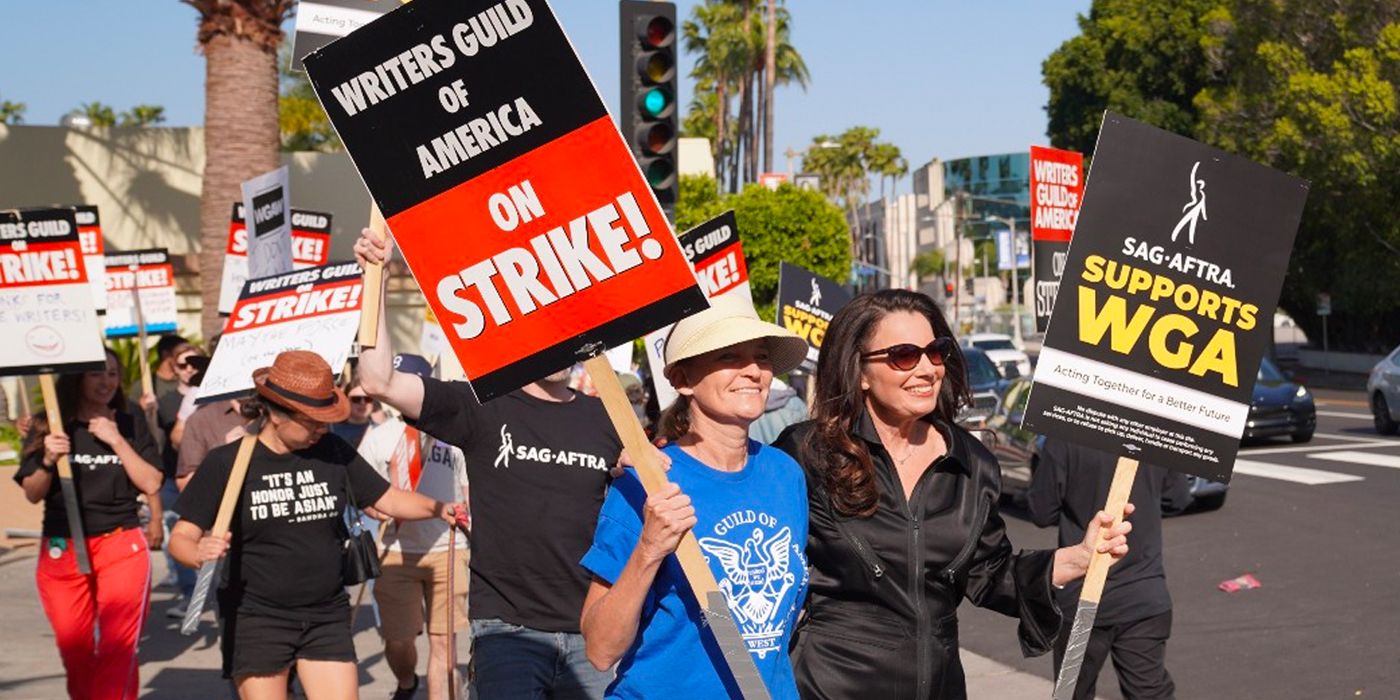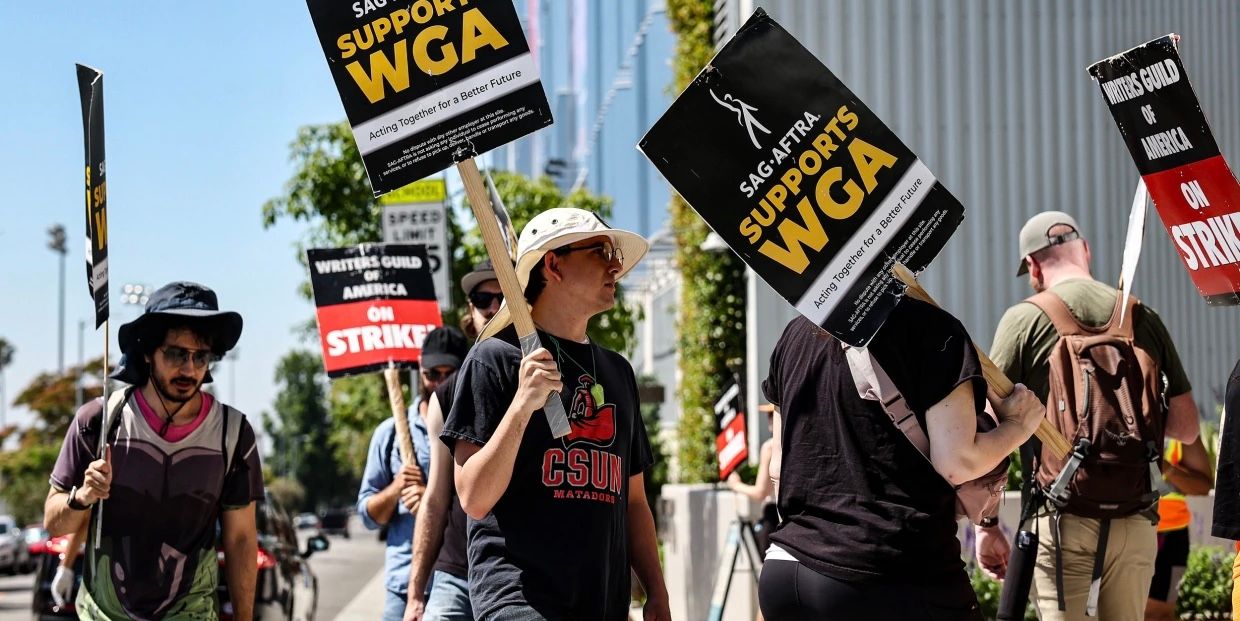The Big Picture
After bringing their 118-day work stoppage to an end with a historic agreement with the AMPTP, SAG-AFTRA has officially approved their new contract by a vote of 78.33% to 21.67%. The three-year pact, which includes sweeping increases to pay and residuals for television and film performers along with protections against AI among other measures, is a big step forward for the industry, though it wasn’t a slam dunk for the union. Arguments against the deal heated up in the run-up to the vote, with many members insisting that it didn’t go far enough regarding AI. Only 38.15% of the membership turned out for the vote—a marked increase, when compared to previous contract votes. 27.2% of the membership voted in 2020 and in 2017, only 15.3% voted. By contrast, only 47.69% of eligible members voted for the strike authorization earlier this year.
The full terms of the deal include “more than one billion dollars in new wages and benefit plan funding” that will go toward improving the lot of every actor throughout the industry according to the SAG-AFTRA brass. Among the most impactful improvements made with the deal was related to compensation as minimums will see sustained increases through 2026, starting with a 7% raise to minimums which went into effect on November 9. Residuals and bonuses will now also be paid based on how much of a streaming service’s subscriber base watches the program, and streamers will now have to be more transparent when it comes to viewership data. In addition, the deal also makes strides toward creating a safer industry with better protection against sexual harassment, greater inclusion, and improved casting processes, among other things.
As for AI, the deal ensures that studios can’t utilize an actor’s likeness with a digital recreation without clear consent and compensation, along with an accurate description of the intended use, among other protections. For some actors, however, there was fear that the contract didn’t go far enough in prohibiting the use of synthetic performers trained using the likenesses of real people while leaving other loopholes for AI to creep in. The biggest indication of a rift came when the union’s national board of directors voted 86% to 14% in favor, showing that a greater number of actors than expected were opposed to the deal. Evidently, the rift among the over 150,000 members wasn’t enough for the union to go back to the bargaining table.
What’s Next for the Industry After the SAG-AFTRA Deal?
Major productions are already getting back into full swing as studios scramble to prepare for 2024. The ratification of the deal now leaves Hollywood moving full steam ahead and away from the dark days of the strike completely. AI is likely to remain a topic of discussion, however, as the technology only improves with each passing day. Another fight within the industry is also brewing within the VFX sector, as workers at Disney and Marvel have moved to unionize and fight for long-overdue protections and pay. More studios could potentially follow suit as well.
For as many concerns about AI as there are, the actors’ new deal has still been billed as revolutionary for current and future performers. SAG-AFTRA President Fran Drescher has been vocal against critics of the deal and ensured the terms “We have forged the biggest deal in industry history, which broke pattern, established new revenue streams and passed a historic $1 billion-plus deal with the most progressive AI protections ever written,” she said last month. “I feel pretty confident in saying this is a paradigm shift of seismic proportions.”
Stay tuned here at Collider for more as work gets back underway in Hollywood. Read our write-up here for a look at what the 2024 box office looks like in the wake of the WGA and SAG-AFTRA strikes.








